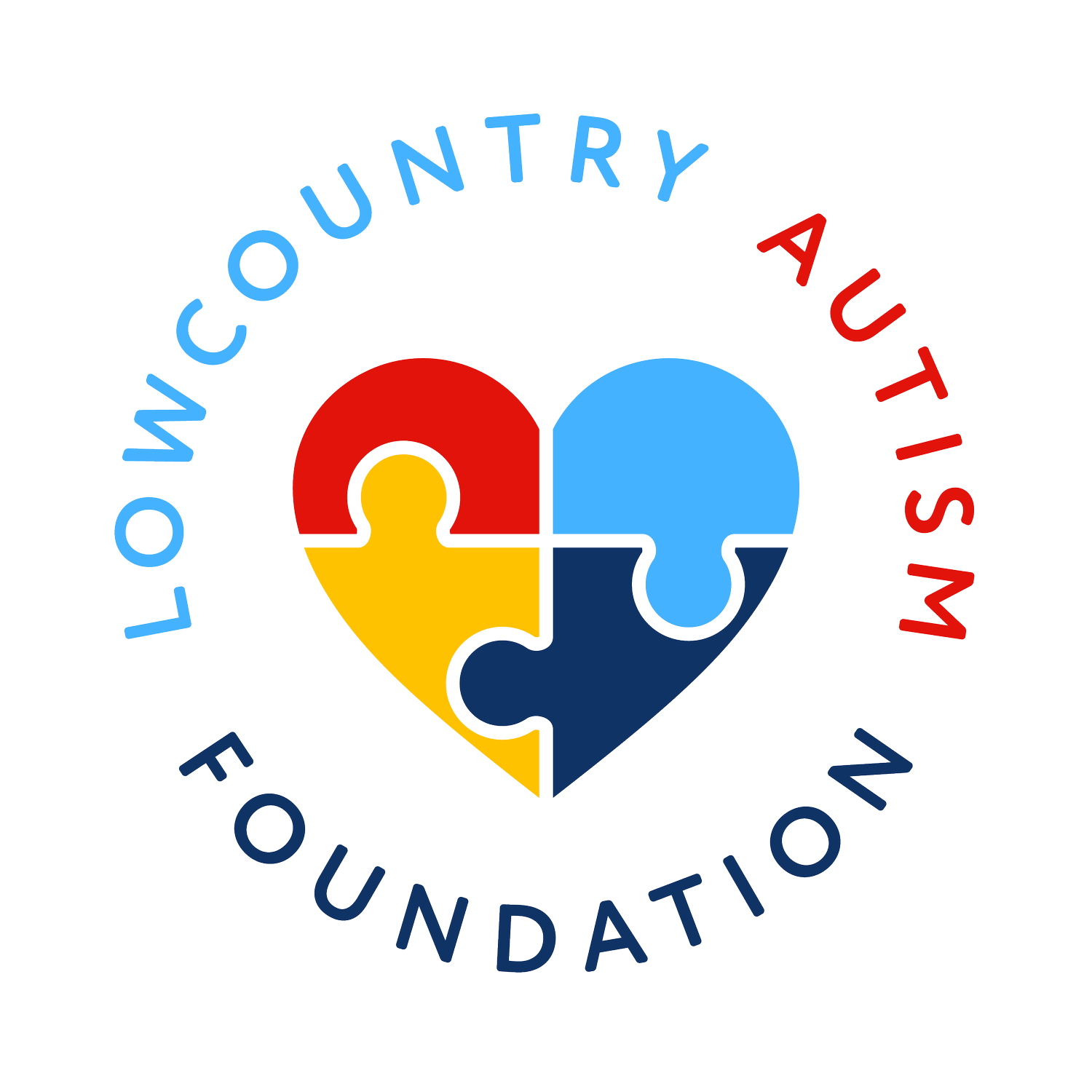Physical Fitness
Physical Fitness is another cornerstone in the foundation of health. The most widely used behavioral intervention programs focus on developing communication, social, and cognitive skills; however, new research and anecdotal evidence suggest that some alternative therapeutic choices (including sports, exercise, and other physical activities) can be a useful adjunct to traditional behavioral interventions. Partnering historical interventions with evidence based programs such as physical fitness can lead to improvement in symptoms, behaviors, and quality of life for individuals with ASD.
Physical activity is important for children with and without disabilities alike as it promotes a healthy lifestyle and often benefits individuals with autism in unique ways. In the US, 16% of children ages 2-19 are overweight. In the ASD community the prevalence of obesity has increased to 19% with an additional 36% at risk for being overweight. This means that more than half of all children with ASD are either overweight or at risk of becoming overweight. Being overweight can put children at increased risk for numerous health problems, both in childhood and as adults, including diabetes, cardiovascular disease, bone and joint problems, and even depression.
Participation in physical activity may be challenging for individuals with autism because of reasons such as limited motor functioning, low motivation, difficulty in planning, and difficulty in self-monitoring. Increased auditory, visual, and tactile stimuli may prove challenging for affected individuals. Furthermore, physical activity involving social interaction such as team sports can present a difficult situation for someone with autism. However, if implemented appropriately, the addition of physical activity to an intervention program can help an individual overcome many of these challenges and improve one’s overall quality of life.





